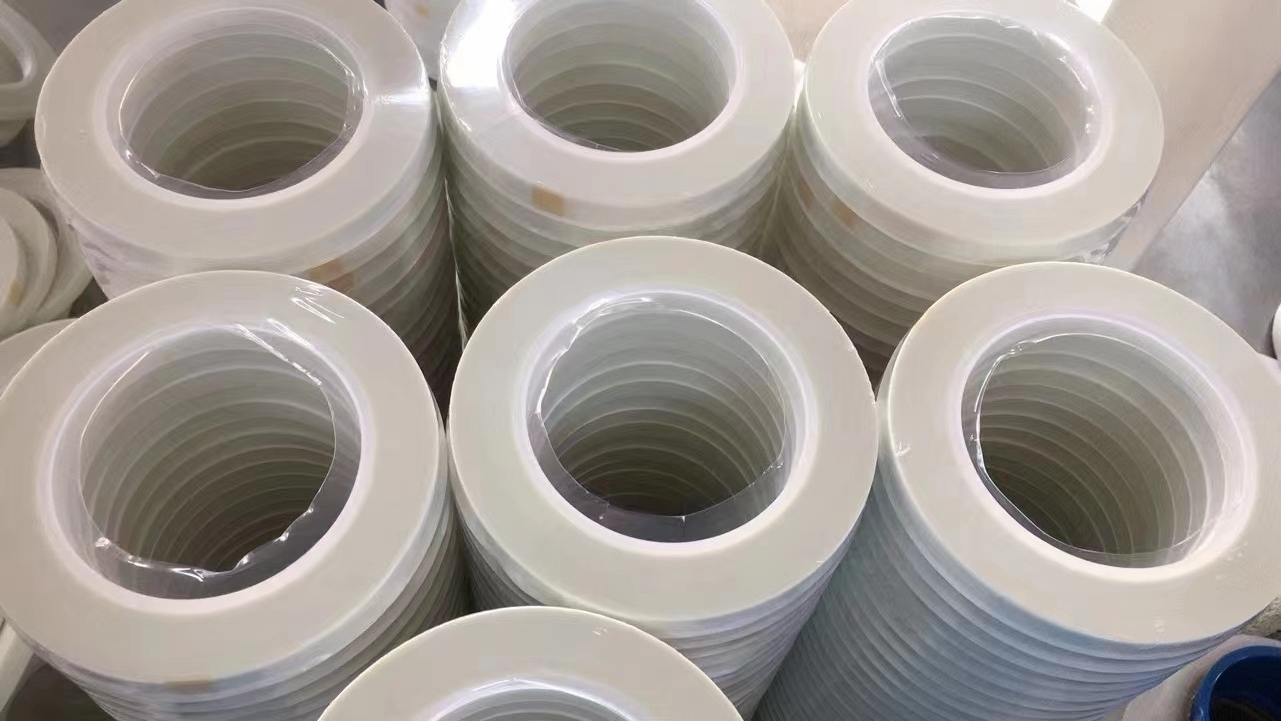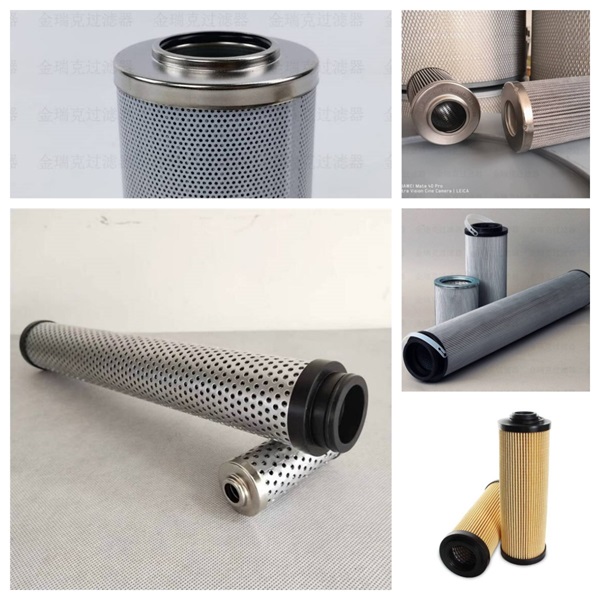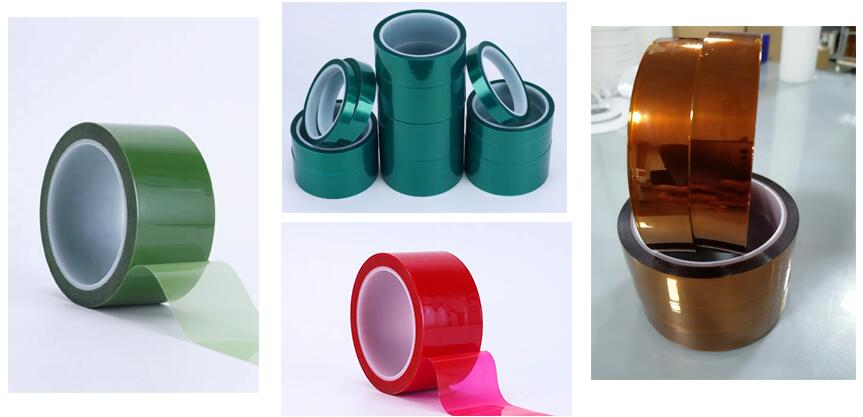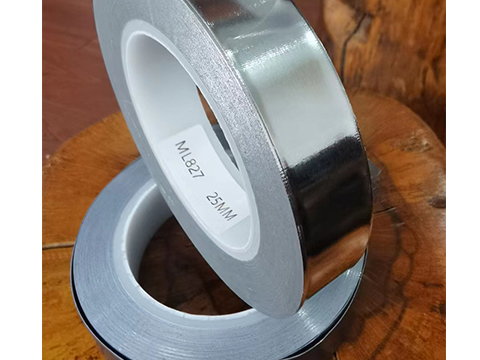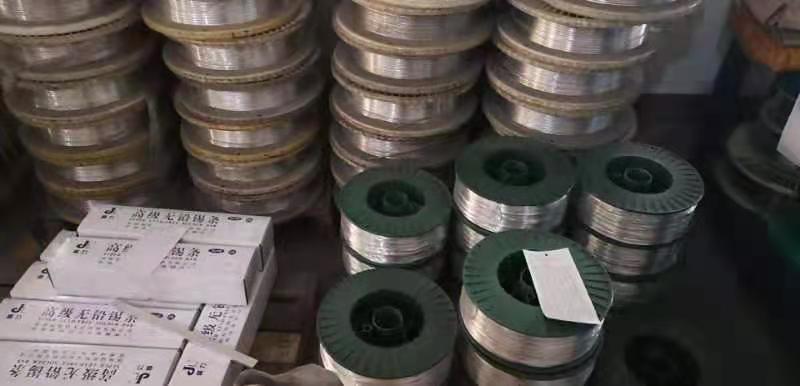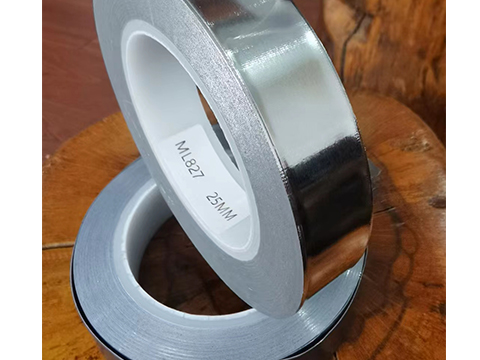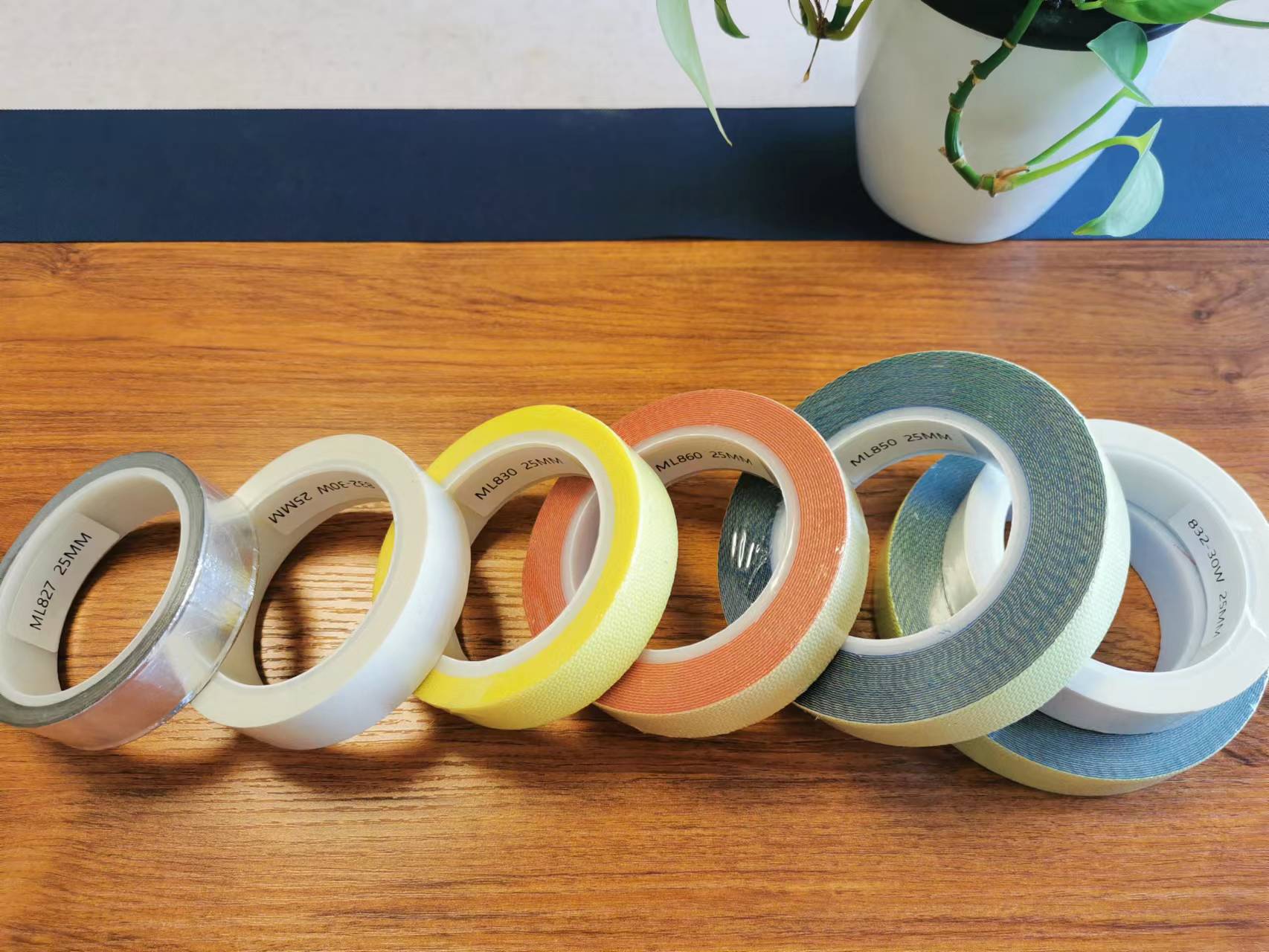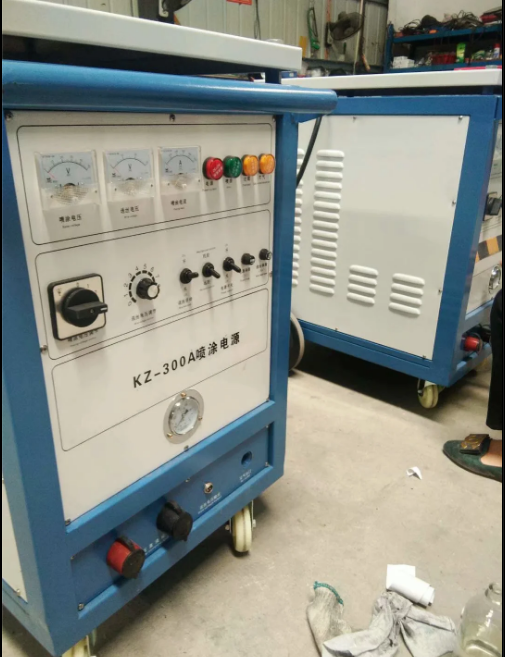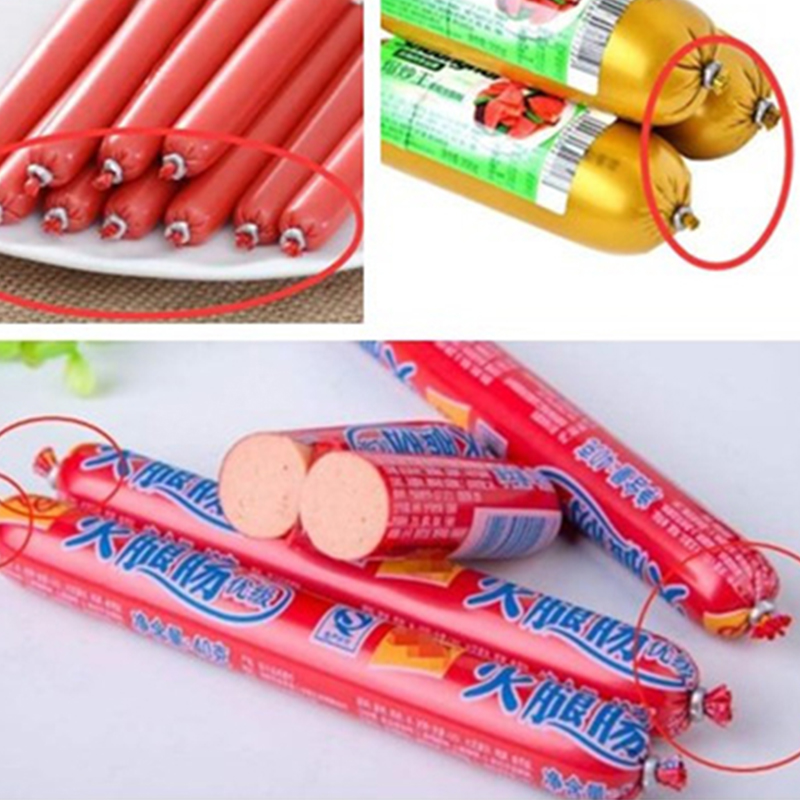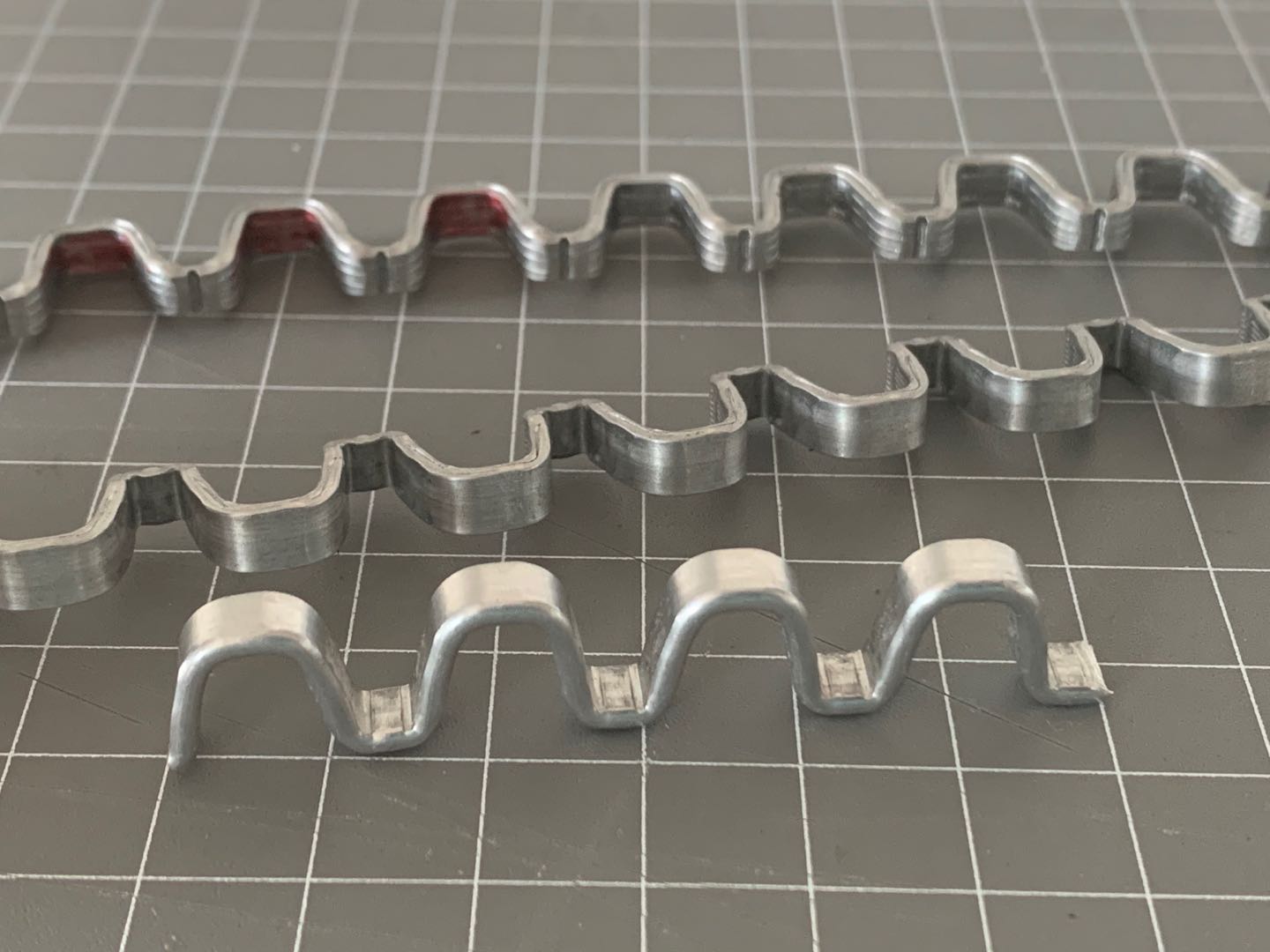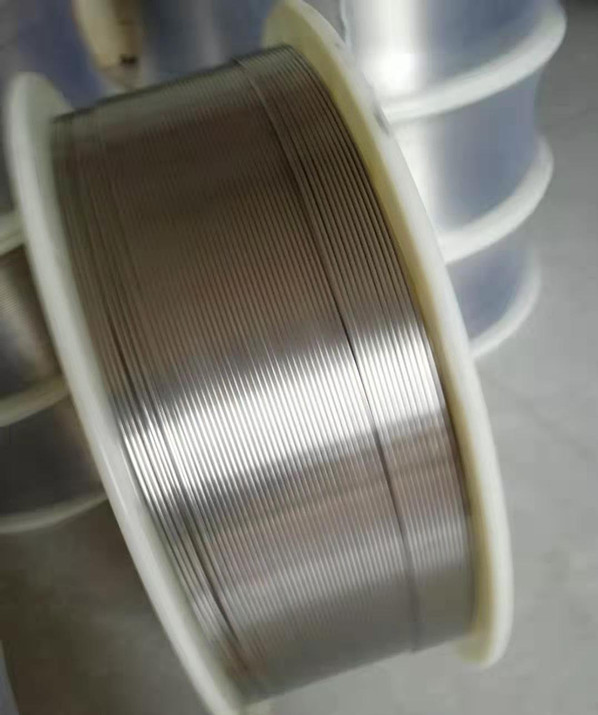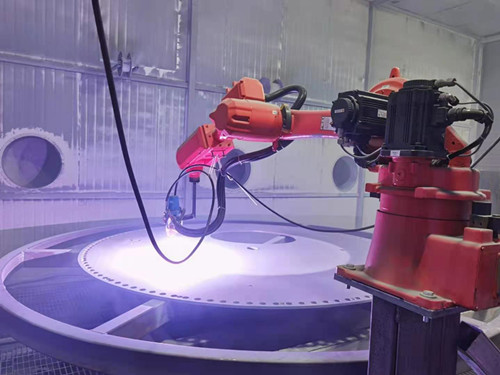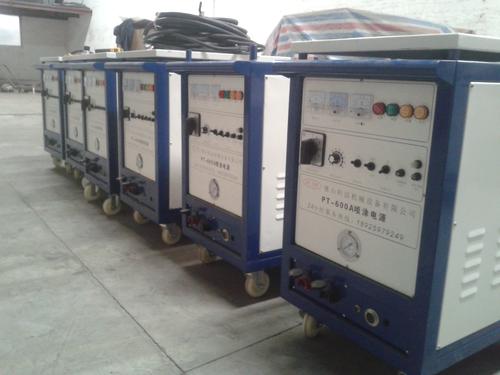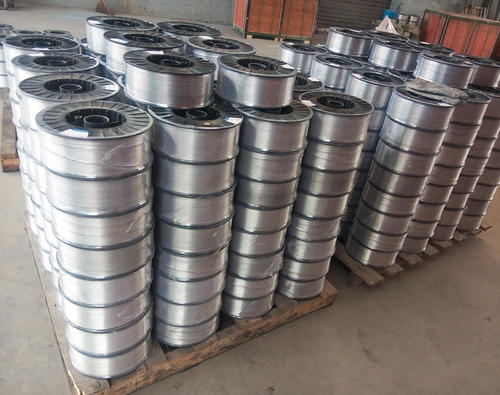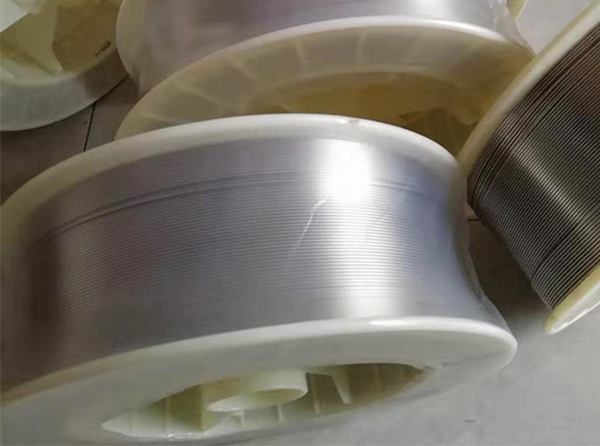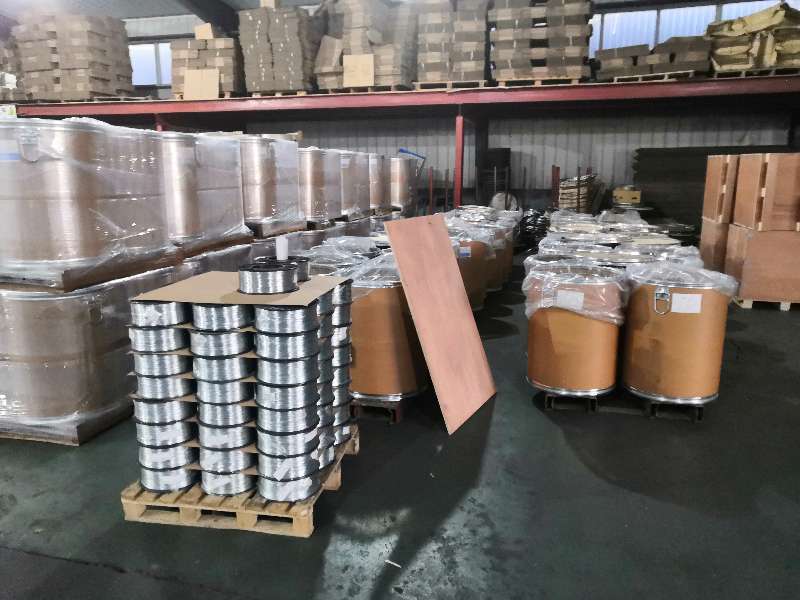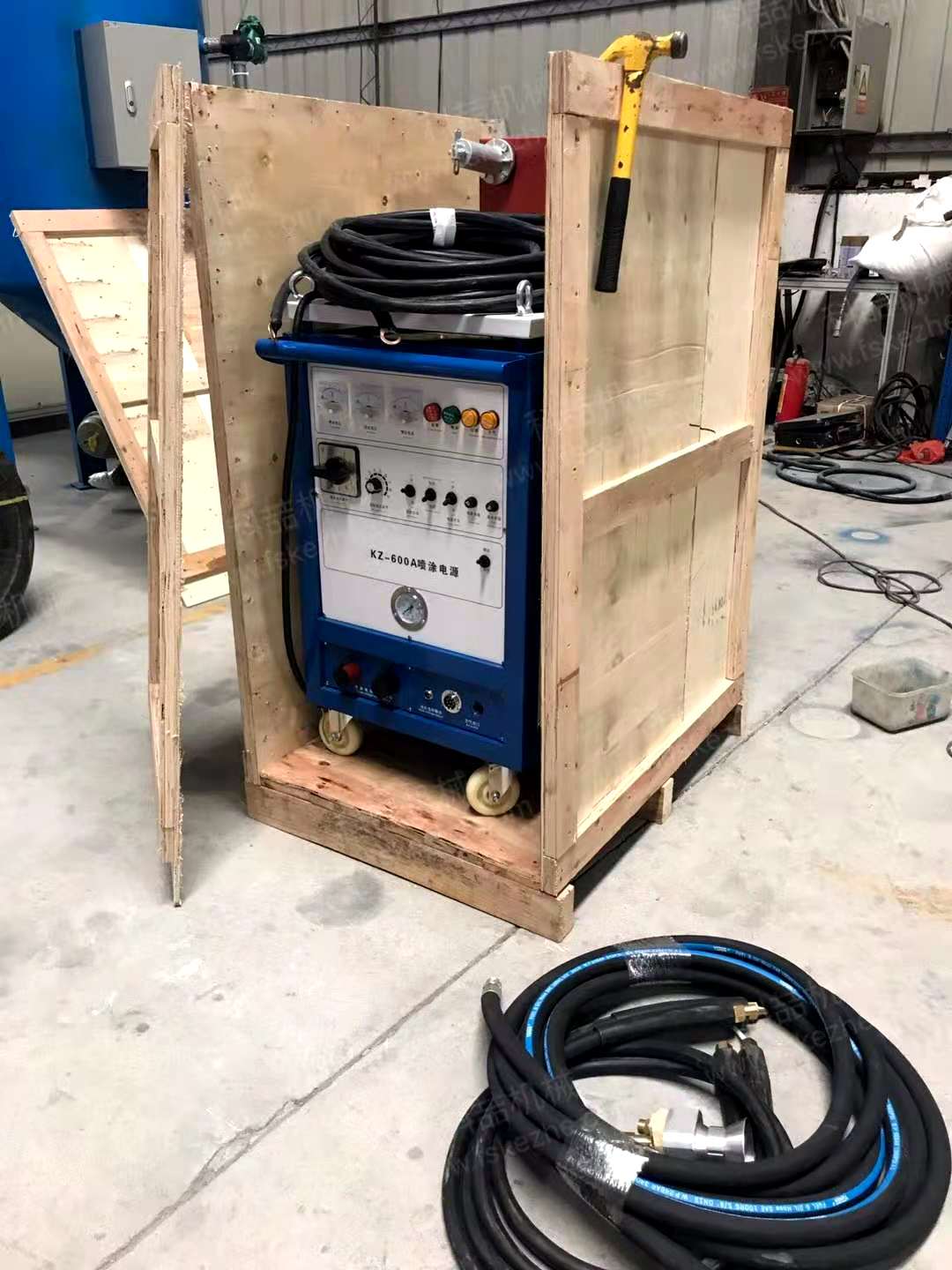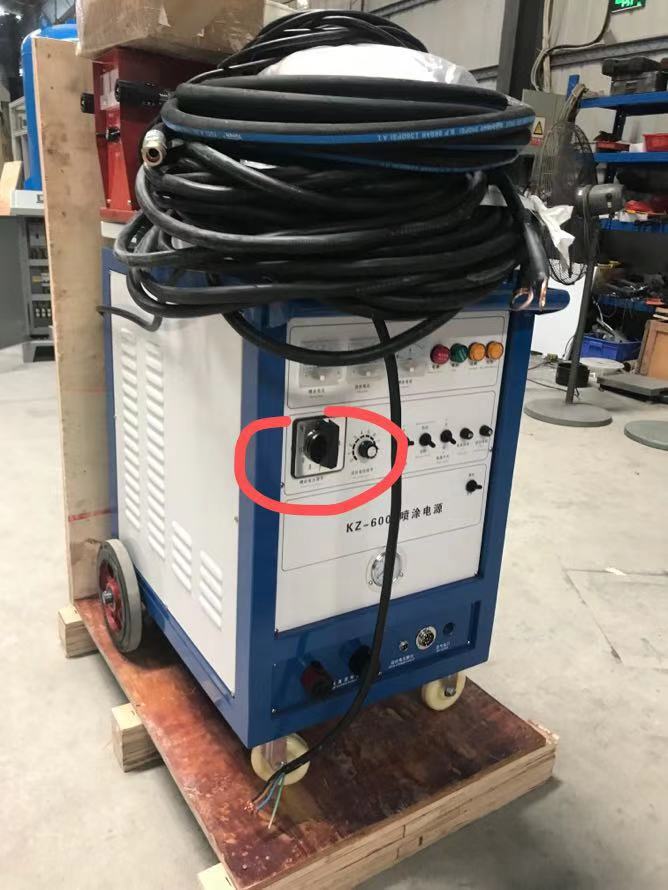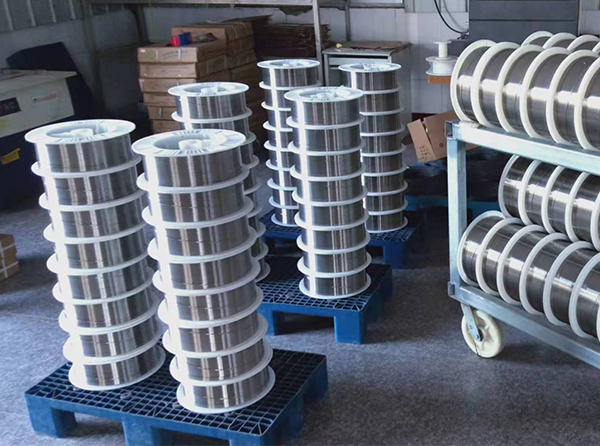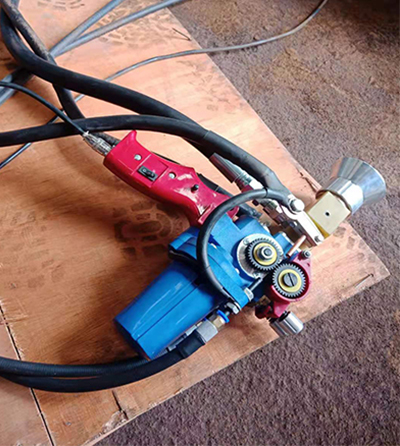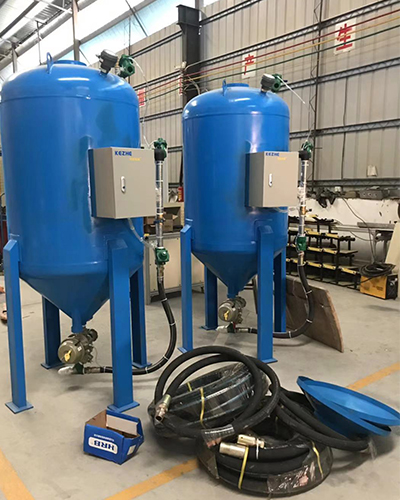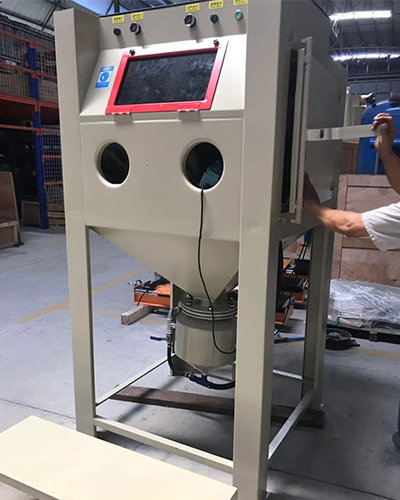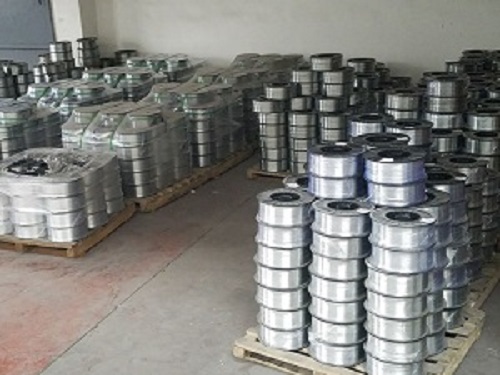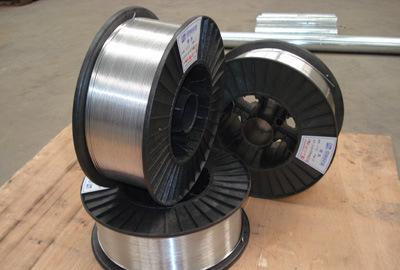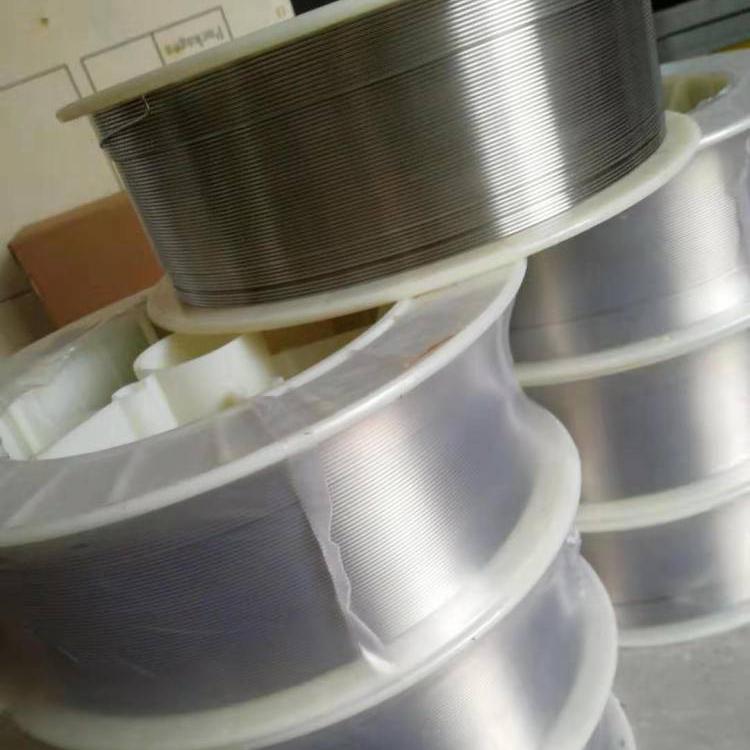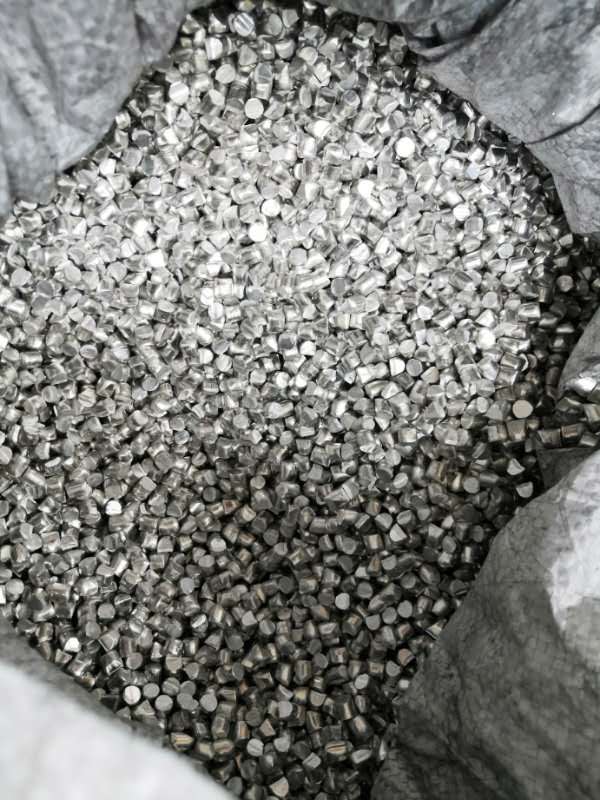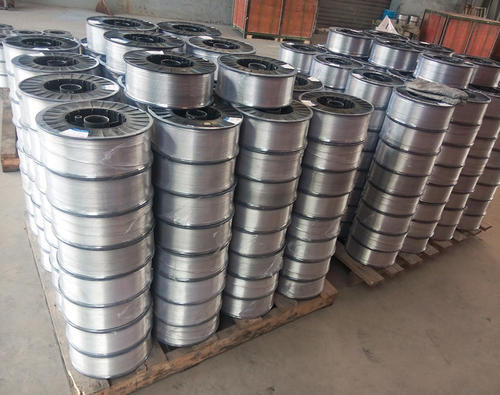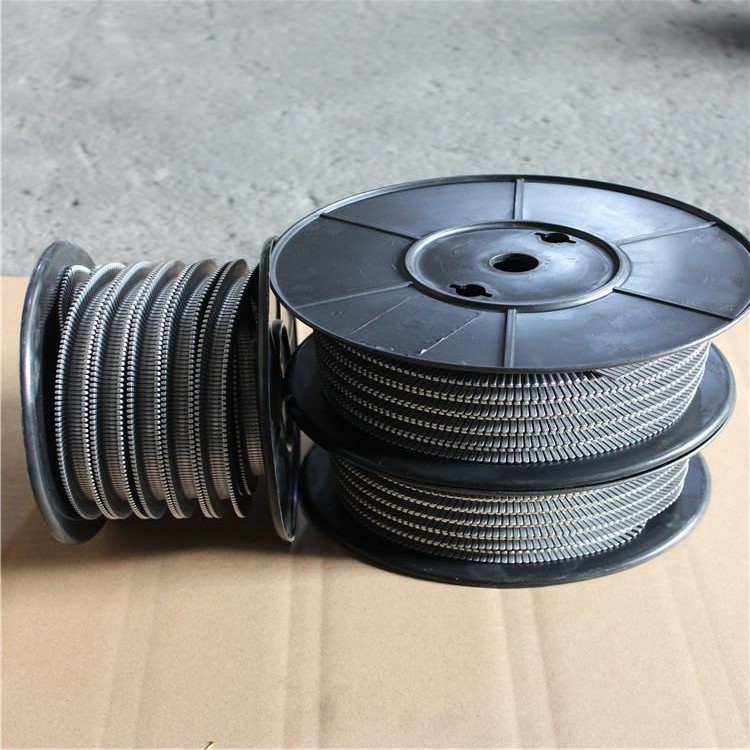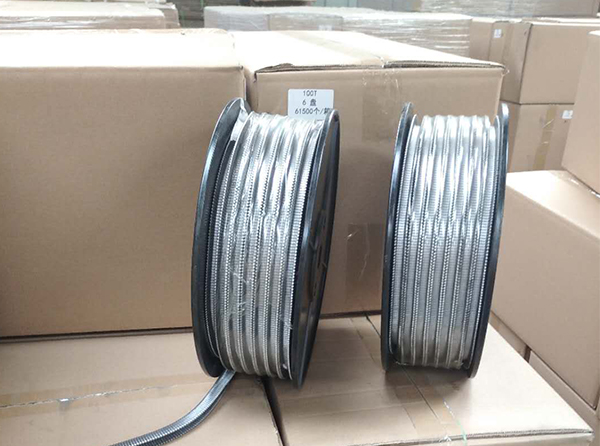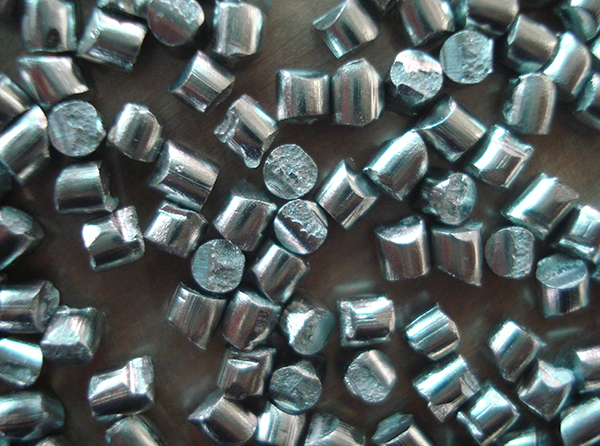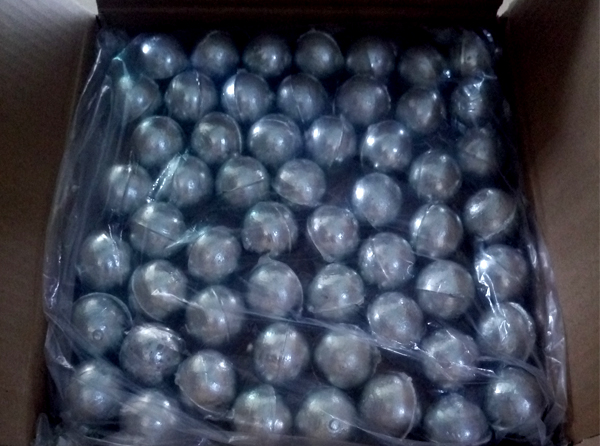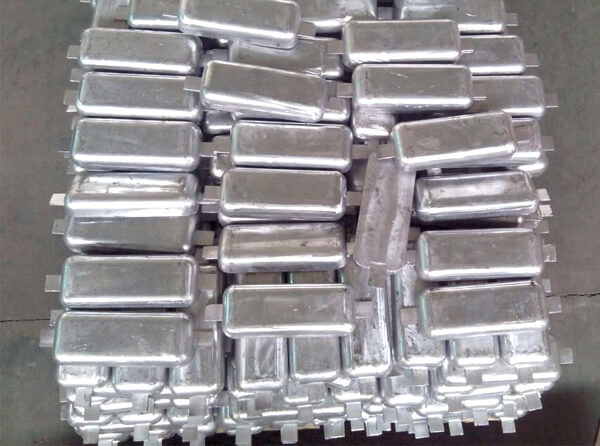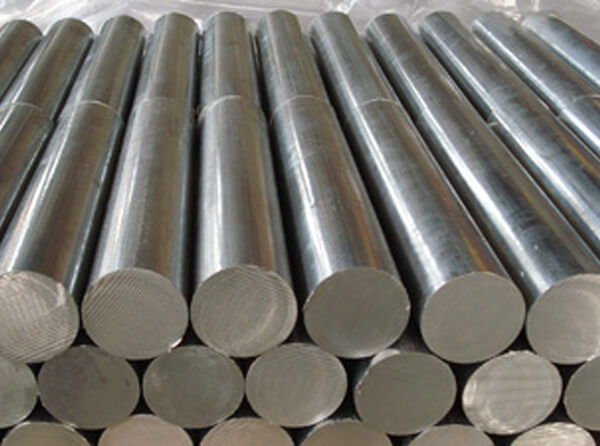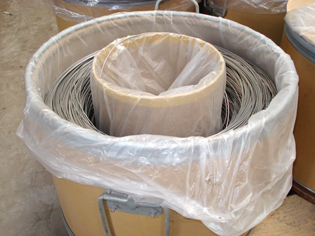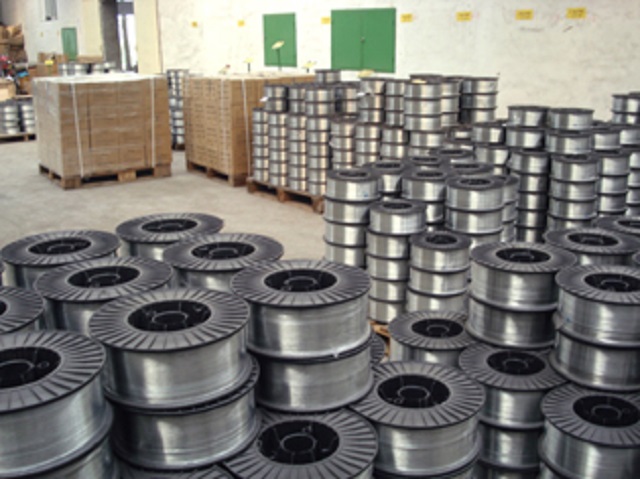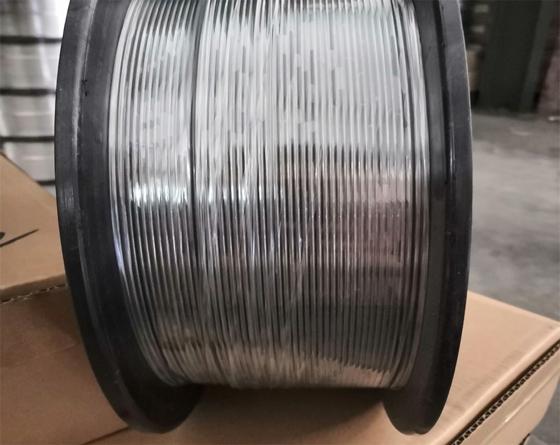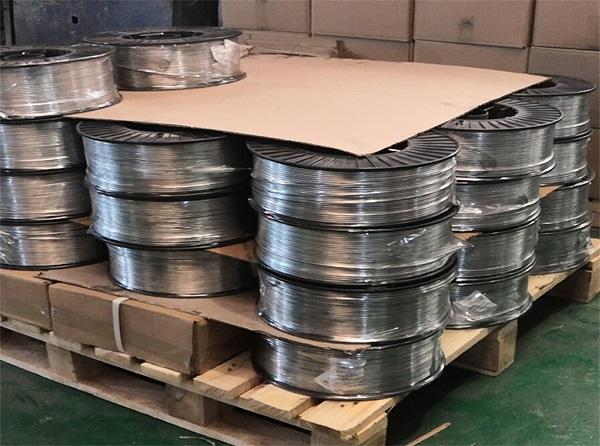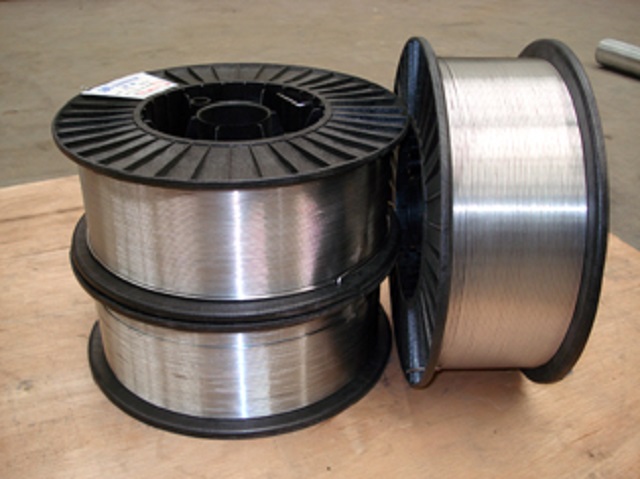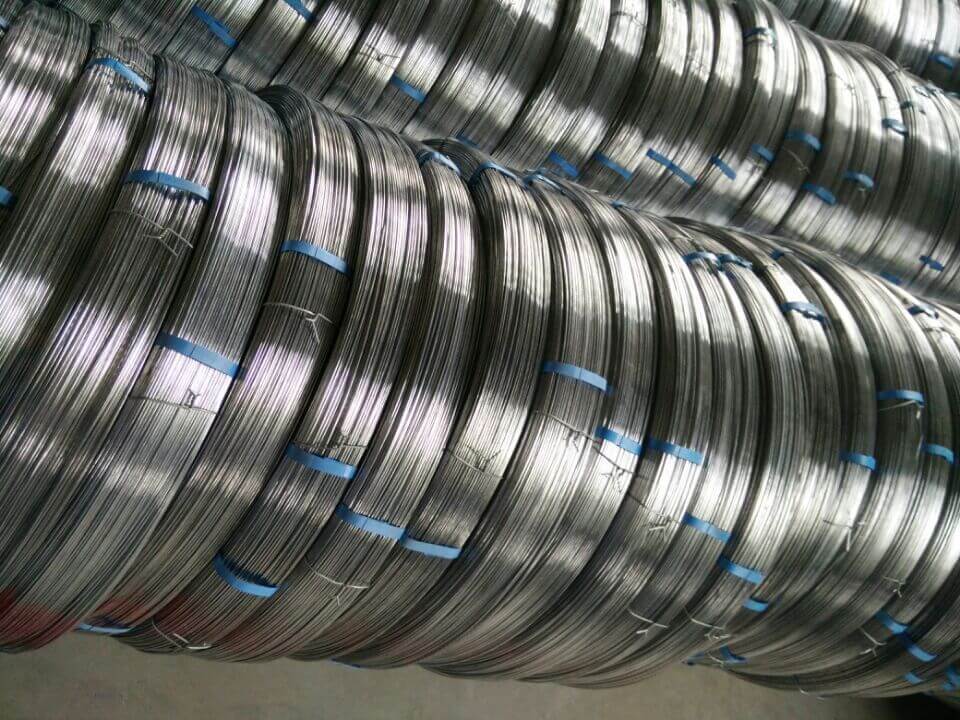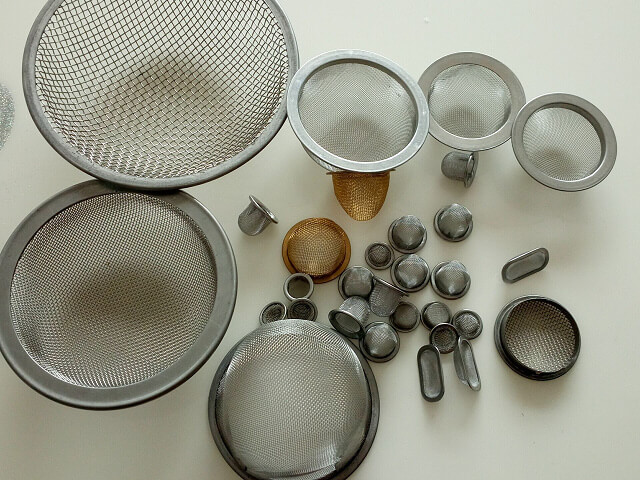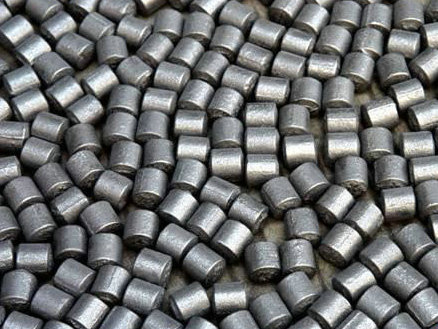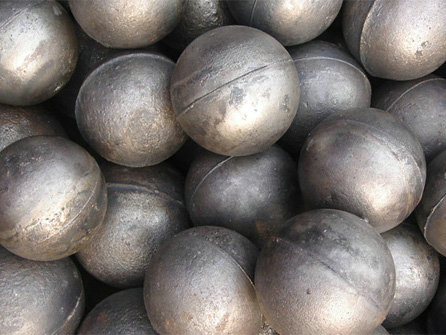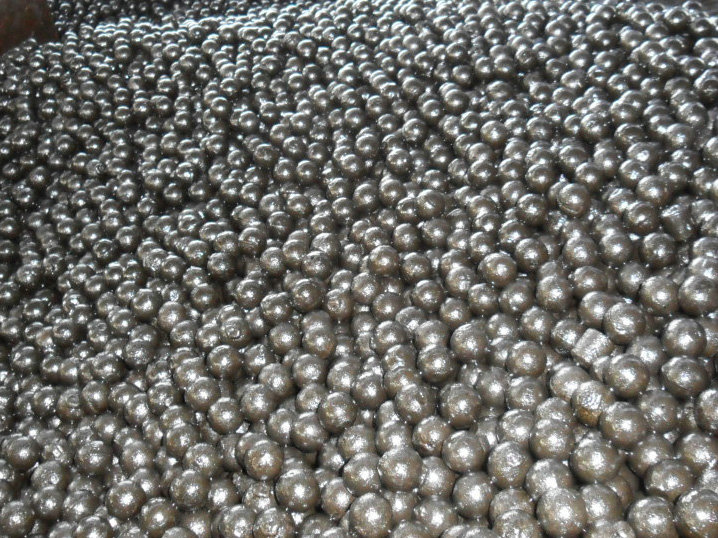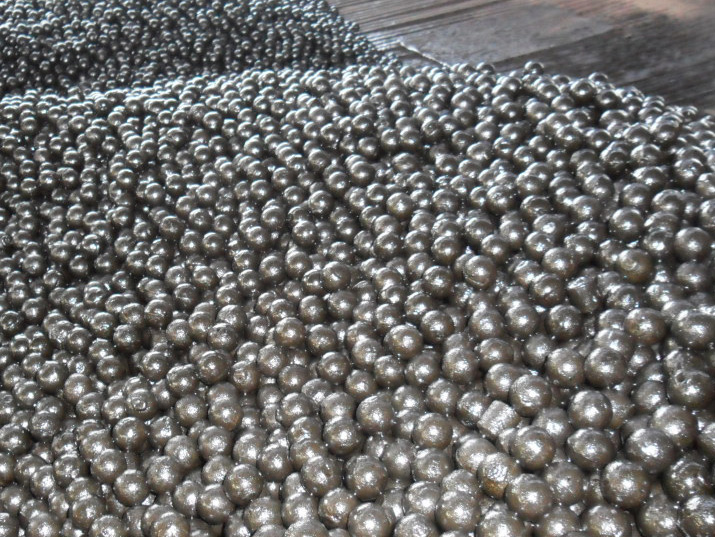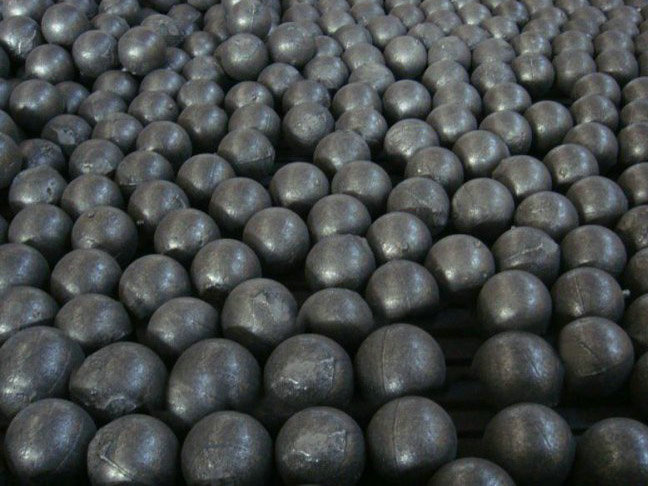Prior to 1863, several individuals created forms of fencing that could be
considered as barbed wire. None of these creations ever reached the mass market.
In 1863 by Michael Kelly developed a type of fence with points affixed to
twisted strands of wire.
Had his invention been properly promoted, he could have gained distinction as
the Father of Barbed Wire. It wasn't until ten years later that another inventor
filed a patent that would spark the development of the barbed wire industry.

At the county fair in DeKalb, Illinois in 1873, Henry M. Rose had on exhibit
a new idea in fencing. It was a wooden rail with a series of sharp spikes
protruding from the sides of the rail. The fence rail, patented earlier that
year on May 13, was designed to be attached to an existing fence to "prick" an
animal when it came into contact with the rail and keep livestock from breaking
through.
This fence attracted the attention of each of the three men, Joseph Glidden,
Jacob Haish, and Isaac Ellwood. Each man had the idea to improve upon Rose's
fence by attaching the spikes (barbs) directly to a piece of wire. Each went
their separate ways to work on an invention that would soon bring them
together.
Legend states that Glidden's wife Lucinda encouraged him with his idea to
enclose her garden. Glidden experimented by bending a short wire around a long
strand of straight wire, by modifying a coffee mill. Two pins on one side of the
mill, one centered and the other just enough off center to allow a wire to fit
in between. When the crank was turned, the pins twisted the wire to form a loop.
The wire was then clipped off approximately one inch on each end at an angle to
form a sharp point. Barbs were placed on one of two parallel strands of wire.
The two strands of wire were attached to a hook on the side of an old grinding
wheel. As the barbs were positioned, the wheel was turned twisting the two
strands of wire and locking the barbs in place.







